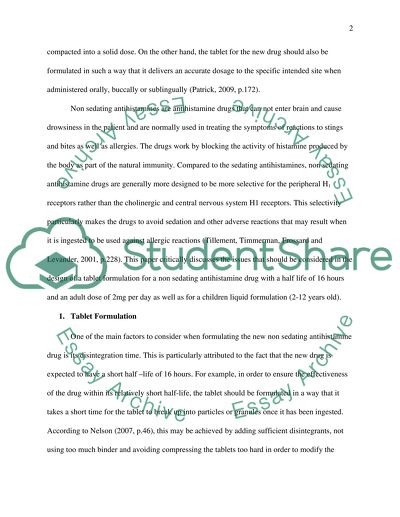Cite this document
(“Pharamacology Assignment Example | Topics and Well Written Essays - 1250 words”, n.d.)
Retrieved from https://studentshare.org/miscellaneous/1669454-pharamacology
Retrieved from https://studentshare.org/miscellaneous/1669454-pharamacology
(Pharamacology Assignment Example | Topics and Well Written Essays - 1250 Words)
https://studentshare.org/miscellaneous/1669454-pharamacology.
https://studentshare.org/miscellaneous/1669454-pharamacology.
“Pharamacology Assignment Example | Topics and Well Written Essays - 1250 Words”, n.d. https://studentshare.org/miscellaneous/1669454-pharamacology.


